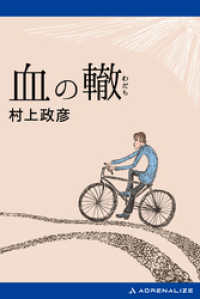- ホーム
- > 洋書
- > ドイツ書
- > Humanities, Arts & Music
- > History
- > prehistory
Full Description
Neck rings are among the most magnificent genres among archeological finds. They are made of bronze, silver, or gold, elaborately produced, and richly ornamented. In prehistoric times, they were worn by selected men, women, and children, represented the status and dignity of the wearer, and distinguished the individual within his or her society.
In Central Europe, there are neck rings starting from the beginning of the Bronze Age around 2200 BCE. They are found up to the Migration Period around 500 CE, and in the case of the inhabitants near the Baltic Sea even until into the tenth and eleventh century.
This book present, describes, and portrays the typical individual forms. It also provides information about the dating and distribution of the forms as well as additional details.








